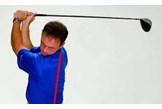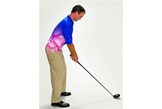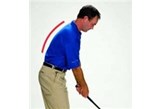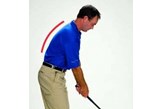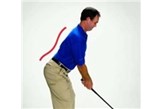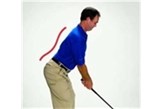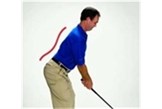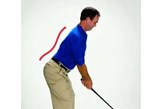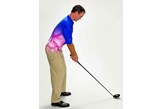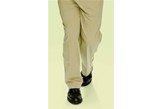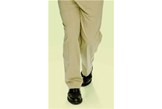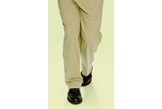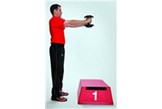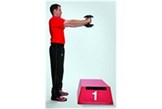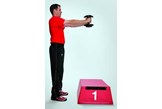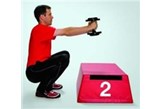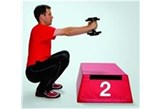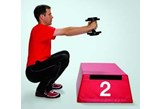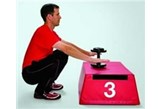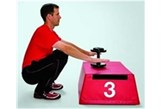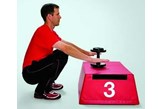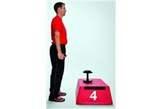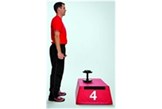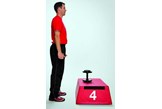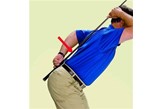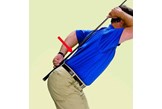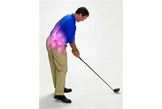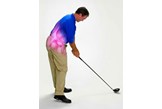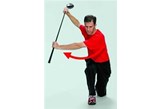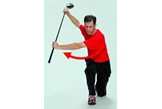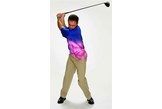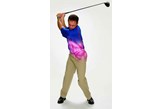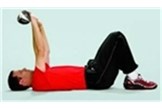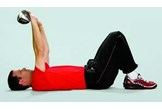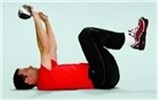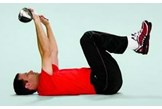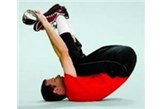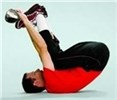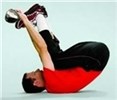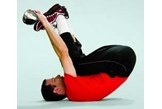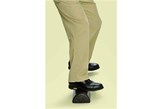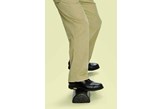Biomechanics With Dave Phillips
Published: Last updated:
Maintaining a stable posture throughout the swing is essential for power, consistency and lower scores. But proper posture doesn’t come simply from practising swing mechanics. You need to train specific muscles, too.
Think of your spine as a radio tower with four guide wires that keep it stable and allow you to swing properly. The first wire is your rectus abdominis (the six pack). The second is the glute (butt) muscles. The other two are the right and left oblique abdominals (under the love handles). If any of these muscles are weak, it will create slack in a wire and the tower (posture) can break down at various points in the swing.
Work on this stability first with a football between your palms, rehearsing the swing. Keeping those wires strong will improve your swing, lower scores and prevent injury.
Don’t Arch Your Back
Your set-up posture is crucial to hitting solid shots.

Weaknesses in the rectus abdominis or glutes can cause either a rounding of the spine or something we call “S-posture,” which occurs when there is too much tilt from the pelvis (the spine bends in the shape of the letter S; inset, above). In either case, the excessive spinal curve inhibits your ability to rotate toward the target and maintain body angles prior to impact. At address you want to keep the spine as straight as possible, though there will be a slight bend around the neck.
Incorrect Posture


Fill In The Gap To Straighten The Spine
To check if your spine has too much curvature when you set up to the ball, get into your address posture and hold a clubshaft down the centre of your back.

If there is a large gap between the shaft and your lower back (more than two fingers wide), you are in an S-posture. Or if you can’t lay most of the shaft against your back, you’re hunched over. Adjust your posture so the shaft lies flat.
Reverse Crunch For Stronger Abs
Weak abs can limit your ability to keep your spine straight at address. To strengthen them lie supine with knees bent. Hold a club over your head. Without moving the club, try to bring your feet up and under the club. This will force a posterior tilt of the pelvis and work the abdominals. Do two sets of 10 reps.



Maintain Some Forward Flex
Reverse spine angle is not to be confused with a reverse pivot, which looks similar but is a problem of poor weight shift.

Reverse spine angle occurs when weak oblique and glute muscles force you to lose all of your flexion as you swing to the top. If you are bent at the hips 30 degrees off upright at address, but that shifts to minus-5 degrees at the top, you have reversed your spine angle. Your torso will lean towards the target (inset above). This is a major cause of lower-back pain and poor contact.
Drop Left Foot Back To Check Your Angle

This is a somewhat cruel but useful drill to check if you swing into a reverse spine angle at the top. At address, drop your left foot back almost behind your right. Now swing to the top. If you begin to fall over, you’ve decreased the angle that you bent forwards at the hips way too far. Focus on keeping some flexion as you swing to the top, and you won’t lose your balance.
Kneel And Turn To Train The Obliques
Using a narrow stance, get into a half-kneeling position and take a wide grip on a club with your arms extended. Keeping the lower body still, rotate the torso toward the bent knee as the arms move up and across the body. The rotation will strengthen the obliques, and the kneeling helps the glutes. Do a set of 10 in each direction, switching the leg positions.

Keep The Lower Body Back
If your lower body moves towards the ball during the downswing, you have a stability issue we call early extension. You would think players capable of breaking 80 wouldn’t have this problem, but our statistics show 72 per cent of all golfers suffer from poor glute strength and tight calves, which causes early extension.

When your lower body moves toward the ball, the club drops behind you and will be blocked unless you stop rotating your body and stand up to create room. From this position, the best you can hope for is a block or a hook.
Swing On An Unstable Surface
A true test to see if you suffer from early extension is to make a golf swing on an unstable surface, such as the flat-based foam roller I’m standing on (above). A narrow piece of wood also will work. If you can swing repeatedly without falling toward the ball – remember, the glutes can get weaker late in the round – then you have prevented early extension.
Dumbbell Squats Firm Up The Glutes
Weak glutes, tight calves and the inability to squat can force you to shift your centre of gravity toward the ball. To prevent this, grab a five to 15-pound dumbbell and hold it in front of you with your arms extended. Lower your body into a deep squat (your bottom almost touching the floor) and place the dumbbell on a platform. Then stand up, without the weight. Do two sets of 10 reps.





